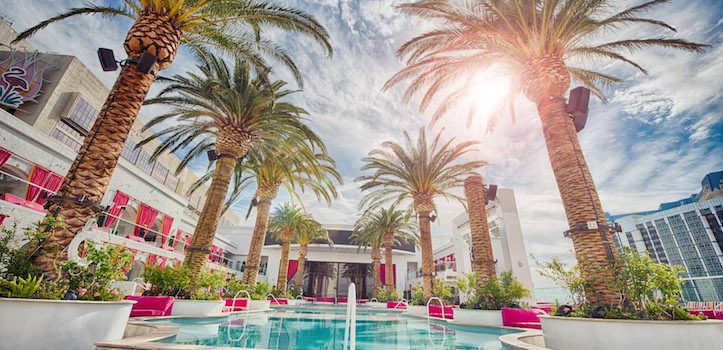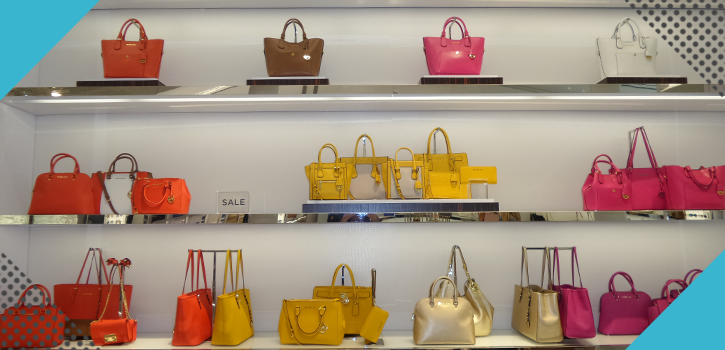n the last few years, the luxury market has faced a number of problems: the slowdown of the Chinese economy, a significant decrease in European tourism following the threat of terrorism, economic issues in Russia, corruption scandals in Brazil, and the list goes on.
These problems can be felt in the luxury industry worldwide, with a study from Bain & Company predicting that the slowed growth in 2015 will continue throughout 2016. This context pushes the industry into a new era of “slow but stable growth”. While some companies prefer to wait for the Chinese economy to reboot, others are turning to new markets that have strong potential.
1. India
While India currently represents only 1 to 2% of the luxury industry, the country is showing a lot of promise.
According to the India 2016 Wealth Report, it ranks 7th in the world for individual wealth. Between 2007 and 2015, the club of High Net Worth Individuals (HNWI) worth more than 1 million USD, has grown 55% from 152,000 to 236,000 people. The country also ranks 3rd in the world for the number of billionaires.
This growth is having a strong impact on the luxury market in India, with sales estimated to reach 18.3 billion USD by the end of 2016 – a 25% increase from last year, making India the country with the highest potential for the luxury industry.
Despite these impressive results, big name brands have yet to enter the market. Out of more than 500 global luxury brands, only 30% are available in India, as opposed to 70% in China.
This lack of competition, combined with the HNWI growth rate, makes India one of the top destinations for luxury brands.
2. Mexico
Mexico surpassed Brazil a few years ago as the top market in Latin America for the luxury industry.
Since the financial and economic crisis of 2008, it has witnessed renewed growth and rapid expansion of its middle class. In 2015, Mexico had some 14.6 million middle-class households, accounting for 47% of all households in the country. By 2030, it is expected that over 18 million Mexican households will belong to this category, a figure equivalent to all the households in Spain.
As it grows steadily richer, the Mexican population is increasingly turning to luxury products. Spending on high-end products is set to rise by 6% in 2016.
With many luxury brands vying to attract this new clientèle, high-end shopping centres are springing up across the country to accommodate them. Hermès, for instance, has opened 5 stores in Mexico in the past 10 years, the latest of which opened last December in the famous and highly luxurious Palacio de Hierro.
It should be noted, however, that the Mexican luxury market still faces myriad obstacles, not least the corruption and violence that take their toll on the country’s entire economy.
3.Thailand
Despite its political instability, Thailand offers plenty of advantages for the luxury industry: a relatively young population, an economy feeling the benefits of the recovery plan implemented in 2015, modernizing infrastructure, and a tourism sector now faring better than before, to name just a few.
Following the baby boom of the 1970s, Thailand’s upper and middle classes are expanding and getting considerably younger. People in the 30-34 age bracket accounted for 20.5% of those who declared an annual income of over 150,000 USD in 2014.
The luxury industry is also benefiting from an upturn in tourist numbers: more than 29 million tourists visited Thailand in 2015, a 20.4% increase on 2014.
Chinese tourists, known for their high-end tastes, account for over 25% of all visitors, apparently spending an average of 1000 to 1300 USD a week while in Thailand. Offering lower prices than other tourist hubs in the region such as Singapore, Hong Kong and Tokyo, Bangkok is establishing itself as a favoured destination for those wishing to buy luxury products.
Thailand’s many qualities make it one of the main South Asian markets for the luxury sector today, ahead of Malaysia, Indonesia and the Philippines, with spending on luxury products reaching 2.5 billion USD in 2014.
A bright future for the luxury market
Despite the difficult current climate, the luxury market looks set to enjoy steady growth over the next few years. As the younger generations come of age, some 50 million new consumers are expected to enter the market, revitalizing the luxury industry and spending more on luxury products than their predecessors, on average.
Luxury brands face a sizeable challenge: they must diversify their growth drivers and adapt to new markets, particularly in emerging countries. Adapting to cultural specificities is essential if they are to attract new consumers who tend to favour local goods.







